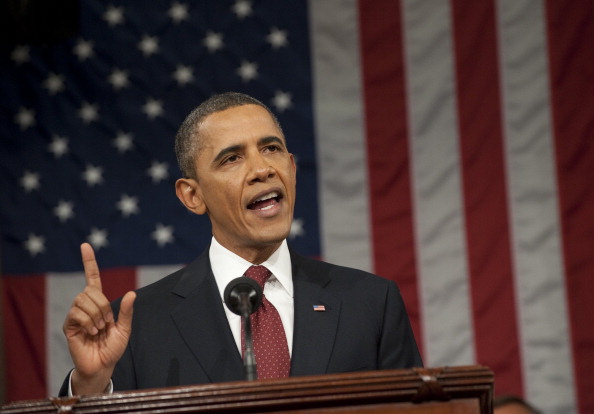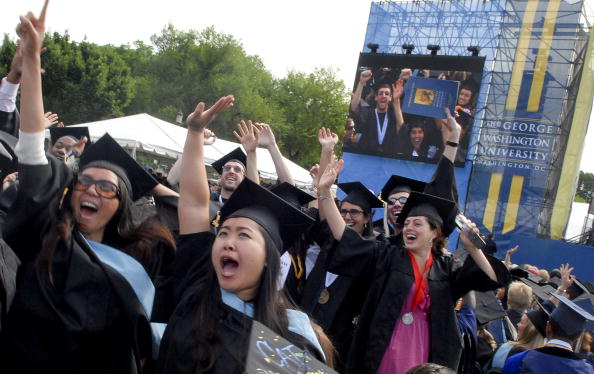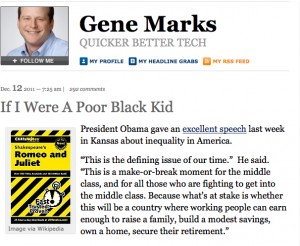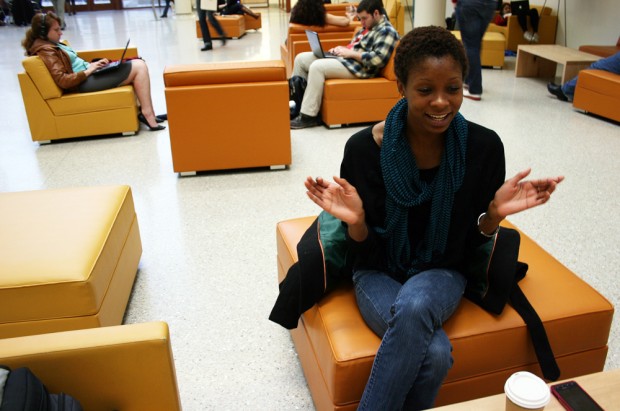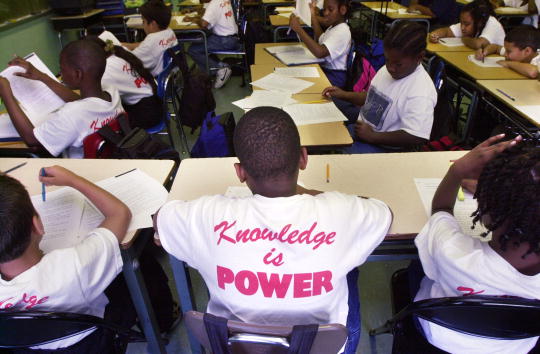
Chris Hondros / Getty/Newsmakers
Focusing on educational disparities in the District would help reduce crime, according to a report issued today by D.C. think tank Justice Policy Institute. According to the report, D.C.’s high school dropouts are more likely to have prison records. It went on to show that states that have increased the money they spend on higher education have also seen their violent crime rates decline.
The think tank, whose mission is to reduce the incarceration rate, recommends spending more money on parks, mentoring and schools and less money on courts and policing. They also recommend revising school policies to keep kids in school.
Researchers found the same stark disparities we’ve examined when it comes to education levels in D.C.’s wards; for instance, one-fifth of Ward 8 adults haven’t completed high school. But the report also breaks down formal education levels of D.C.’s adults by race. Nearly all white adults in D.C. — 99 percent of them — have a high school diploma or higher. For African Americans, 80 percent of adults have completed high school, while 57 percent of Hispanic adults have high school diplomas.





